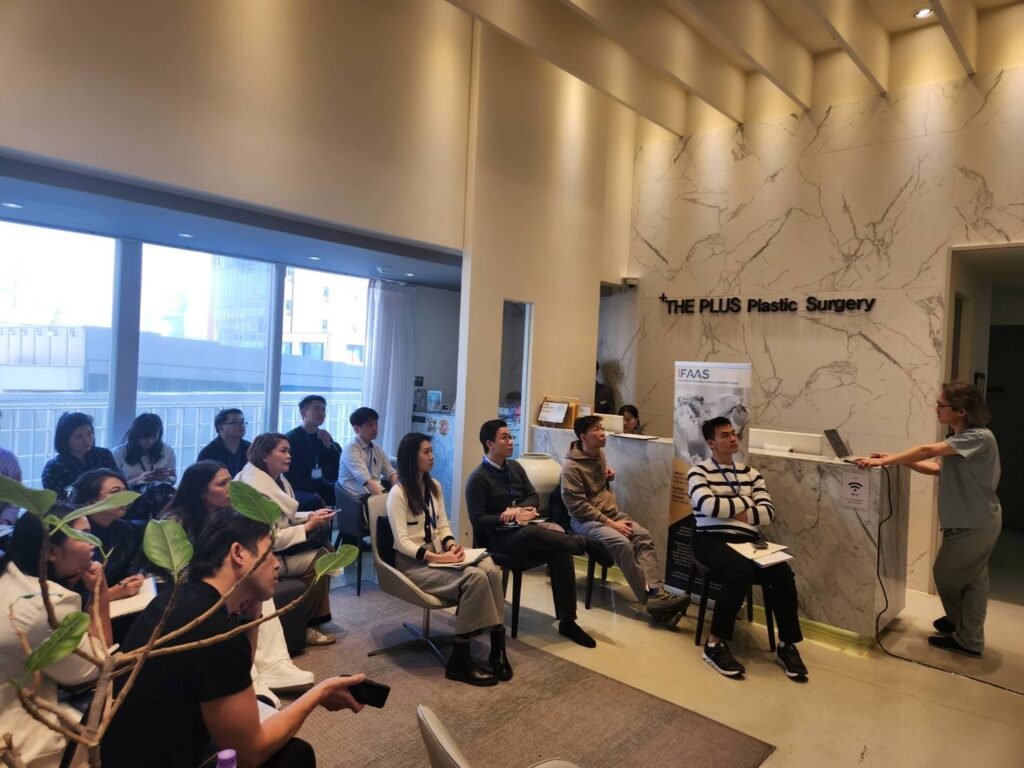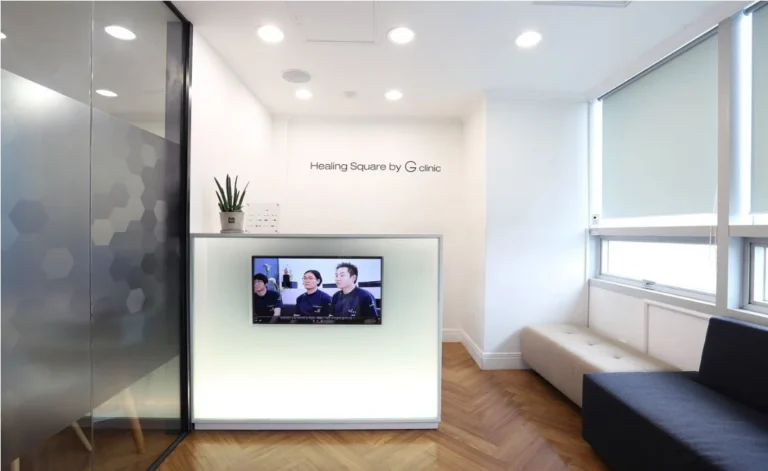A SMAS facelift is one of the most effective procedures for reversing the visible signs of aging. By tightening both the skin and deeper muscular layers (Superficial Musculo-Aponeurotic System), this procedure restores youthful contours that can last for many years. But the success of the surgery doesn’t end in the operating room—it continues through the recovery process.
At The Plus Plastic Surgery Clinic in Seoul, expert surgeons and care teams emphasize the importance of proper aftercare to protect your investment and ensure optimal healing. Whether you’re a local patient or an international visitor, following these essential aftercare tips will help you recover faster, feel better, and enjoy your results longer.
🔹 1. Keep Your Head Elevated at All Times
Swelling is a natural part of facelift recovery. To reduce it:
- Sleep with your head elevated (at a 30–45° angle) for at least 1–2 weeks.
- Use extra pillows or a recliner chair to maintain this position.
- Avoid bending over, heavy lifting, or lowering your head below heart level.
✅ The Plus Tip: They provide special neck pillows and reclining guidance during your stay to promote fluid drainage and comfort.
🔹 2. Follow All Medication and Care Instructions Carefully
The Plus Clinic provides a customized post-op care package, including:
- Pain relievers and antibiotics
- Anti-swelling supplements or natural Korean herbal support
- Instructions for cleaning incisions and managing surgical drains (if applicable)
Always complete your full course of medications and never apply any products on incisions without approval from your surgeon.
✅ The Plus Tip: Multilingual written instructions and checklists are given to all international patients.
🔹 3. Avoid Smoking and Alcohol
Smoking restricts blood flow, slows healing, and significantly increases the risk of complications and scarring. Alcohol can worsen bruising and interfere with medications.
- Stop smoking at least 2 weeks before and 2–4 weeks after surgery.
- Avoid all alcohol for at least 2 weeks post-surgery.
✅ The Plus Tip: Nutritional support and detox teas are available at their recovery lounge to support your body during healing.
🔹 4. Apply Cold Compresses in the First 48 Hours
To manage initial swelling and bruising:
- Gently apply cold compresses (not ice directly) to the cheeks and jaw area.
- Avoid pressing too hard near incision sites.
✅ The Plus Tip: The clinic offers professional lymphatic massage therapy starting on day 2–3 to stimulate circulation and reduce swelling.
🔹 5. Limit Facial Movements During Early Recovery
Excessive movement in the facial muscles can stress healing tissues:
- Avoid excessive talking, laughing, yawning, and chewing hard foods.
- Stick to soft foods like soups, smoothies, eggs, and mashed vegetables for the first week.
✅ The Plus Tip: Their dietitian can recommend a high-protein, easy-to-eat meal plan to help tissue repair and minimize strain.
🔹 6. Stay Hydrated and Eat Nutrient-Dense Foods
Good nutrition fuels recovery. Include:
- Protein-rich foods (chicken, fish, tofu, legumes)
- Antioxidant-rich fruits and vegetables
- Hydrating fluids and herbal teas
Avoid salty or processed foods that can increase swelling.
✅ The Plus Tip: Recovery patients have access to Korean herbal remedies that aid in reducing inflammation and boosting collagen production.
🔹 7. Protect Incisions from the Sun
Your skin is especially sensitive after surgery. Sun exposure can darken scars and hinder healing.
- Avoid direct sun for 4–6 weeks.
- Always wear a wide-brimmed hat when outdoors.
- Use broad-spectrum sunscreen (SPF 50+) once cleared by your surgeon.
✅ The Plus Tip: They offer medical-grade scar treatments and sunscreen options tailored to Asian and sensitive skin types.
🔹 8. Do Not Rush Back Into Exercise
Strenuous activity increases heart rate and blood pressure, which may lead to complications:
- Avoid any vigorous activity for 3–4 weeks.
- Walking is encouraged to promote circulation and prevent blood clots.
- Gradually resume your exercise routine only after getting surgeon approval.
✅ The Plus Tip: The staff provides a safe post-op activity timeline for each patient during follow-up consultations.
🔹 9. Monitor for Unusual Symptoms
While rare, it’s important to watch for signs of potential complications:
- Increasing pain, redness, or swelling after day 3–5
- Fever or chills
- Excessive drainage or bleeding
- Numbness that worsens instead of improving
✅ The Plus Tip: The Plus Clinic offers 24/7 post-op support, including virtual check-ins for international patients after returning home.
🔹 10. Attend All Follow-Up Appointments
Each follow-up appointment is designed to:
- Monitor your healing progress
- Remove sutures or drains safely
- Initiate scar treatments or therapies
- Address any concerns early
✅ The Plus Tip: For international patients, The Plus provides a post-op schedule that fits your travel timeline, plus remote consultations after departure.
💡 Bonus: Scar Management at The Plus Clinic
To ensure scars heal as discreetly as possible, The Plus offers:
- Silicone-based scar gels
- Laser scar treatment (starting 4–6 weeks post-op)
- Microneedling or PRP therapy to improve texture and tone
✅ Final Thoughts
A successful SMAS facelift doesn’t end in the operating room—it continues through consistent, attentive aftercare. At The Plus Clinic, the team’s commitment to detail ensures every patient experiences a safe recovery and stunning results.
From multilingual guidance and recovery support to long-term scar care and touch-up plans, The Plus Clinic empowers you to heal beautifully—inside and out.



